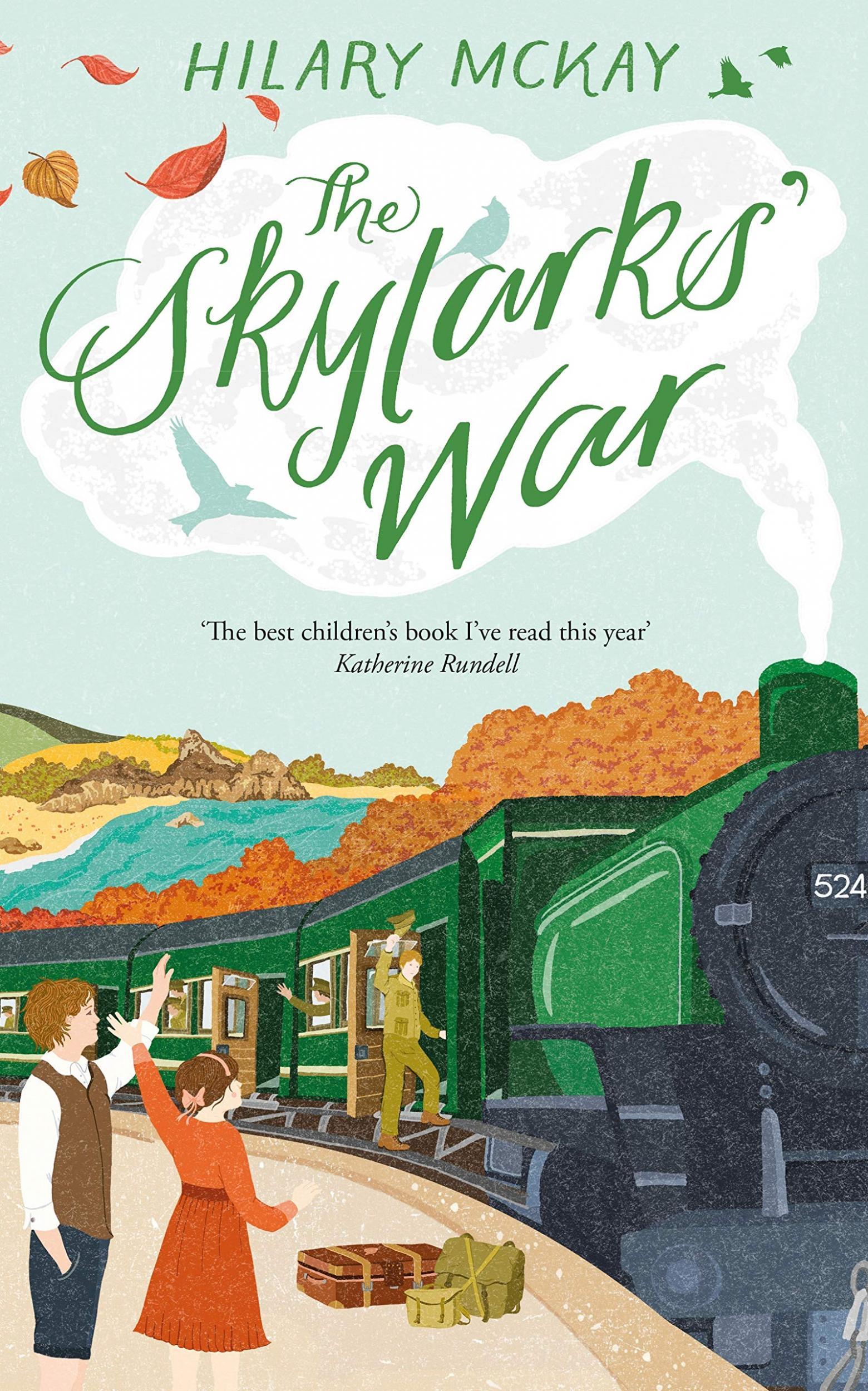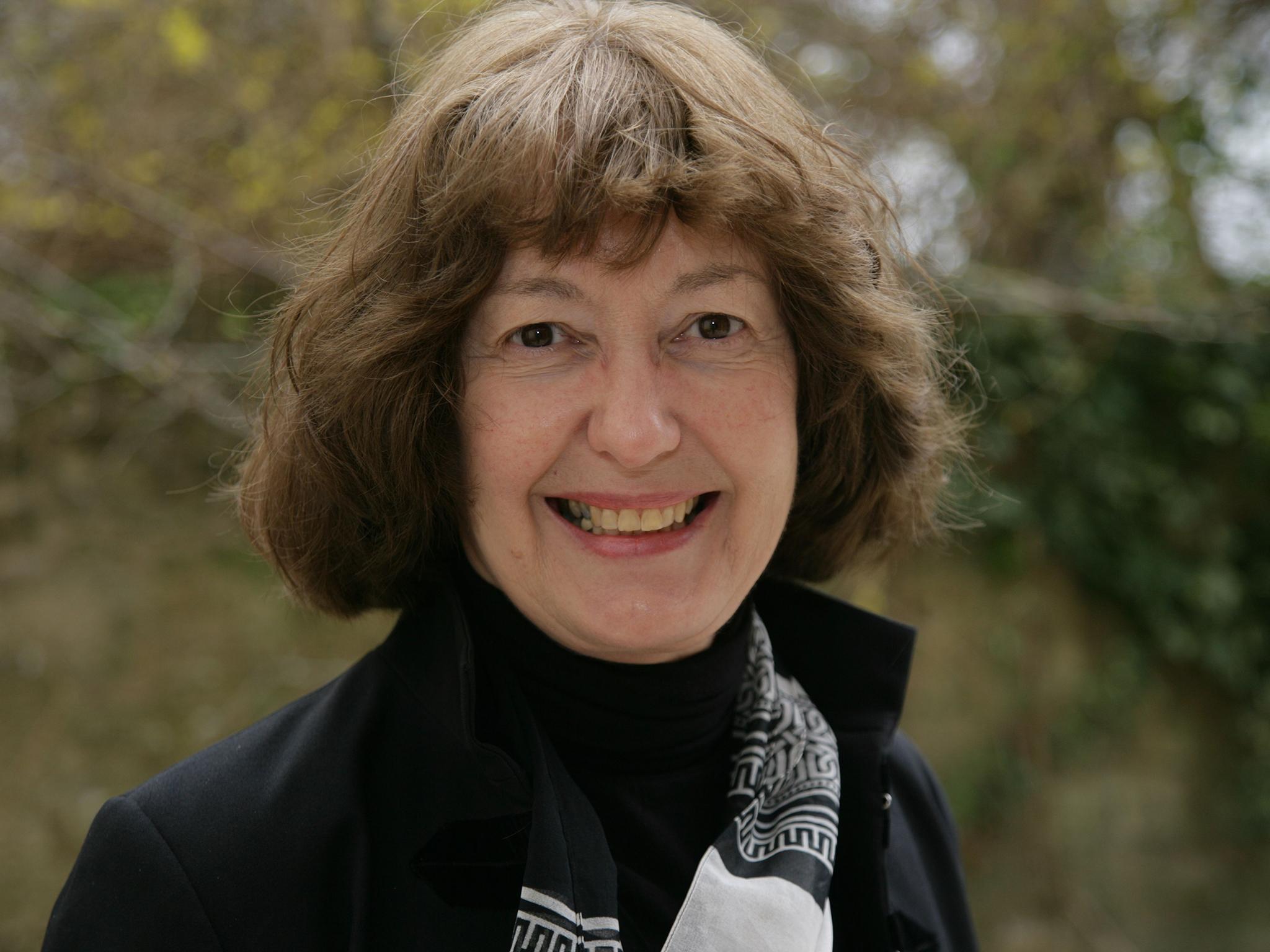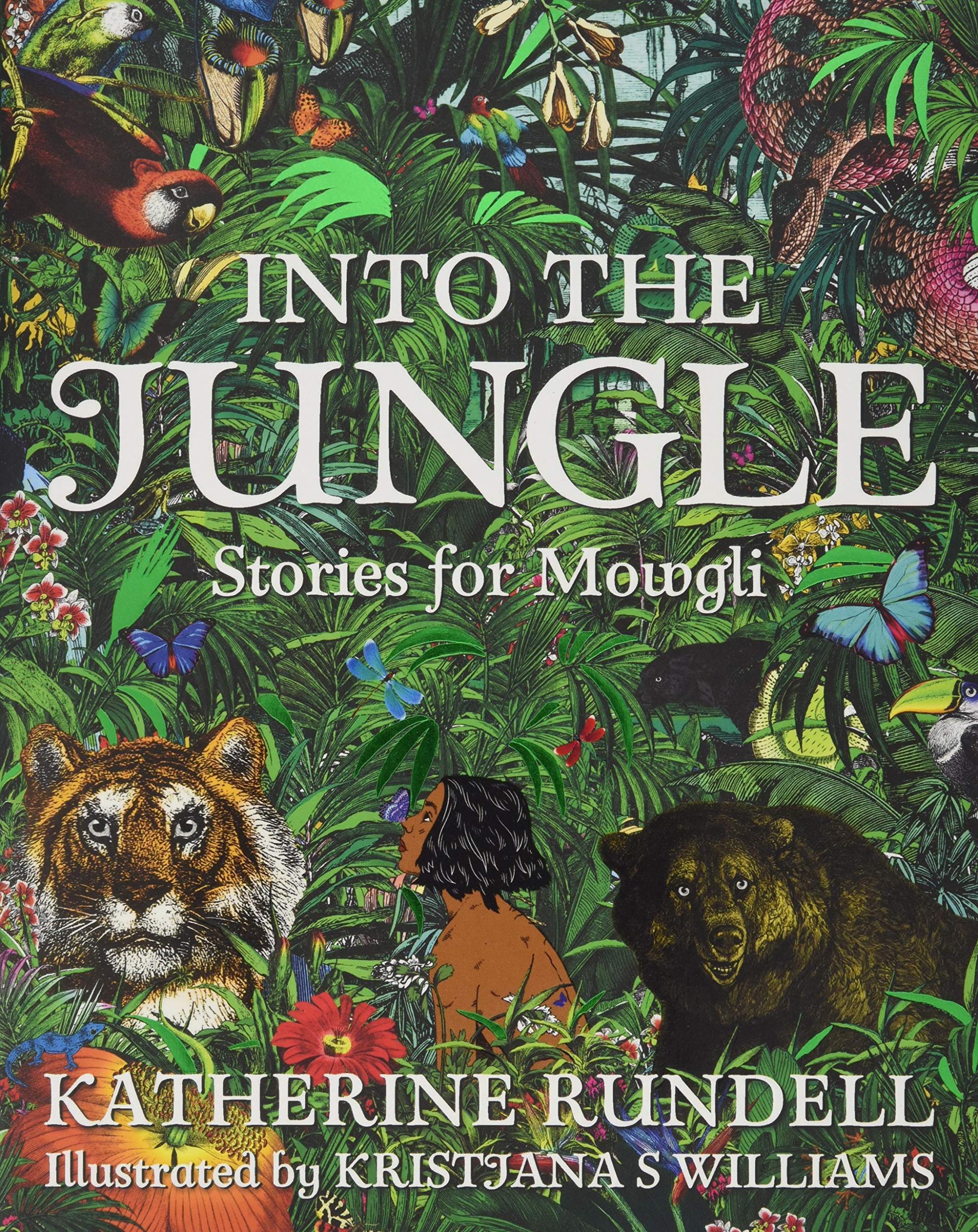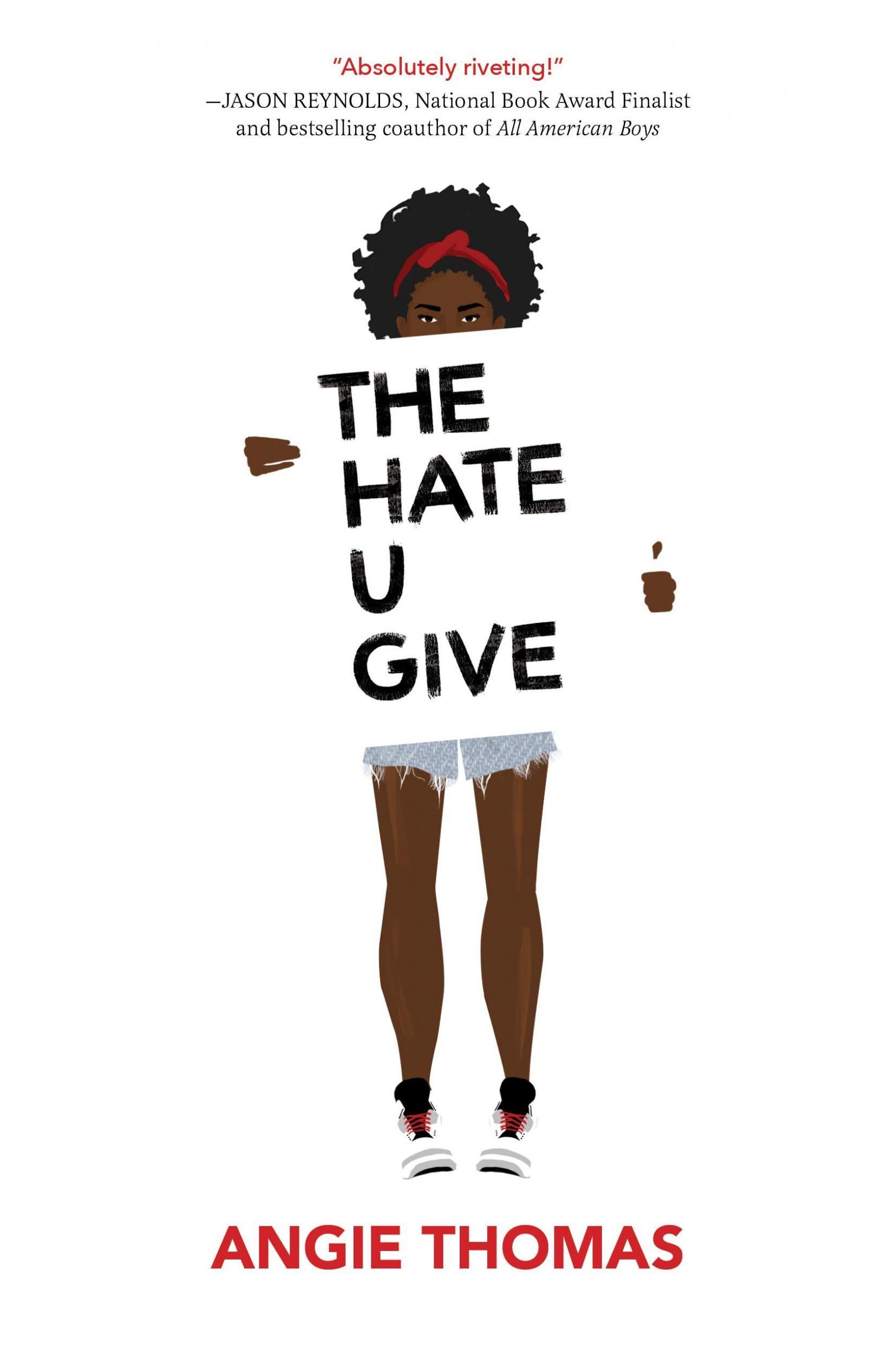Children’s books are seeing a heyday – and adults are loving them too
In our disordered and confusing political times, asks Clare Zinkin, could it be that the child’s sense of wonder at the world is precisely what adults need?

The UK children’s book market continues to grow for the fourth consecutive year and is now worth £383m, with one in every three books sold being aimed at that market. That’s despite the warnings of children’s increased screen time, library cuts, and children’s books’ lack of coverage in newspapers and media campaigns.
Could part of this growth be attributed to adults buying the books not for their children but for themselves? It’s long been acknowledged that young adult (YA) books are not just for teens – in 2014 nearly one third of YA books were purchased by readers aged 30-44 years – but it seems that children’s picture books, nonfiction and general fiction are appealing to adults too. Children’s author Chitra Soundar recently called out for a dedicated book club for adults who read children’s books, and author Dave Eggers, who writes for both adults and children, admitted that “there are so many great books for young readers that really aren’t just for young readers”.
The children who, 27 years ago, read The Story of Tracy Beaker by Jacqueline Wilson, are now adults who can read My Mum Tracy Beaker, published last month by Doubleday. Although told from the perspective of Tracy’s daughter Jess, it is aimed at adults too: “A knowing teenager or an adult will read something and understand it, while it will go straight over Jess’s head.” Wilson told The Observer.
Roald Dahl may not be around to write about Matilda’s adulthood, but Quentin Blake has illustrated new editions as the book turns 30, providing new covers depicting Matilda aged 30 as an explorer, astrophysicist, or running the British Library, depending on which version you buy. Publishers Puffin hope that the books will be bought and read by the adults who first read Matilda 30 years ago.
These children’s characters may have grown up, but perhaps modern readers are stuck in an ever-lengthening childhood where the liminal spaces between life stages blur. If adulthood is defined by parenthood, spousal relationships, professional careers, then the age at which we become adults is rising. According to the Office of National Statistics the percentage of new fathers aged 30 and over has increased from 59 per cent in 1996 to 68 per cent in 2016. Likewise, new mothers aged 30 and over increased from 41 per cent in 1996 to 54 per cent in 2016. We’re getting married later too, on average rising from about 32 years of age in 1996 to 36 in 2015. We are returning to education at an older age, staying at the home of mum and dad for longer, playing video games into adulthood. Much has been written about society’s infantilisation of university students – giving them safe spaces and trigger warnings, in the same way we put stabilisers on children’s bicycles to stop them falling off.
In our disordered and confusing political times, it could be that the child’s sense of wonder at the world, explored in so much children’s fiction, or perhaps the ideation of hope and meaningful resolution at the end of children’s books, is precisely what adults need too. The recent trend of “up lit” in adult fiction, seen in the sales of Eleanor Oliphant, is something that children’s literature has been doing for some time. In children’s books, there’s a coming-of-age, a development of identity. In a time of identity politics, this speaks directly to us.

Children’s fiction doesn’t really differ from adult fiction, except in how it is marketed. There is much erudition in children’s books, narrative that plays with form and language, stimulating acquisition of knowledge and excavating profound thought. As Nicola Usborne, deputy MD of Usborne Publishing puts it: “The effectiveness and sophistication of much writing for children has meant that it also attracts many adult readers.”
The Skylarks’ War by Hilary McKay (Macmillan) rivals Testament of Youth for delicacy and heart-wringing clarity in its portrayal of the home front during the First World War. Yaba Badoe’s A Jigsaw of Fire and Stars (Head of Zeus) astutely mashes modernity and folklore with incredible vibrancy of language in the haunting tale of people-trafficking and circus skills. The Dam by David Almond, illustrated by Levi Pinfold (Walker) is a marvellously erudite tale of environmental change and development, with an intelligent depth of emotion. This picture book is one of many new publications that deal with current affairs, publishers acknowledging that issue picture books tend to have adult readers too.
“We have changed our strategy to annually publish three or four titles that get people talking about contemporary issues,” says Sohini Mitra, an associate publisher at Penguin Random House. “The best kind of picture books are the ones that both children and adults access and derive a value addition out of.”
Readers turn to picture books and children’s nonfiction to explain truths to them because they feel that children’s books give them a greater authenticity than Google answers, which regurgitate adverts for fridges long after you needed to know the answer to how refrigeration works.
In fact, there are 10,000 new children’s books published each year in the UK, and many of them are of the highest quality, both in production and content. Ever since Harry Potter reached across the generational divide, children’s books have become more than a sideline, rising from 34 million sold in 1998 to 64 million in 2016.
With commercial capital in the once niche children’s market, publishers began to lavish high production quality on their children’s books. This is now especially true of children’s nonfiction, marketed as gift titles in the run-up to Christmas, with bookmark ribbons, good quality paper, lavish illustrations, and foiled or embossed hardback covers. Big Picture Press, the imprint of Templar, who started the trend with Maps by Aleksandra and Daniel Mizielinski in 2013, spare nothing with their generously sized Welcome to the Museum series. Planetarium, paired with the Science Museum, is the latest offering, written with concise clarity by Professor of Astrophysics Raman Prinja and showcasing large digital engravings by Chris Wormell, whose refined artworks appeal as much to adults as children.
Another tome that spares no expense in its production is Nosy Crow’s I Am the Seed That Grew the Tree, compiled by Fiona Waters and illustrated by Frann Preston-Gannon, a nature poetry anthology with a seasonal poem for each day of the year. The cloth cover, bold full-colour illustrations, and the physical weight alone ensures its status as a treasure trove and long-lasting gift, and appeals to the adult purchaser with a collection of poems they will recognise with nostalgia.

As a children’s reading consultant and reviewer, I’ve noticed that children’s fiction is having its heyday too. Top titles are being given the full production treatment – Usborne’s The Train to Impossible Places by PG Bell, illustrated by Flavia Sorrentino, has a secret cover beneath its holographic dust jacket, and black and white illustrations throughout. This wickedly amusing tale of trolls and trains and physics waylaid by fuzzics, reaches out to children with its quality writing and suspenseful rip-roaring inventive adventure, but definitely speaks to adults with nods to disgruntled postal workers and train engineers. Dave Egger’s The Lifters nods slyly to the depression and slump in manufacturing in American rust belt towns in the same way that Chris Callaghan’s The Great Chocoplot subtly references the demise in UK manufacturing towns.
Children’s authors also remain inspired by nostalgia for the past. This autumn has seen publication of The Key to Flambards by Linda Newbery (David Fickling), a book that brings KM Peyton’s legendary Flambards series into the present day. Katherine Rundell has written a modern companion to The Jungle Book by Rudyard Kipling with Into the Jungle, illustrated by Kristjana S Williams, and published by Macmillan, which gives backstory to five of the original characters in another sumptuously produced book.
Piers Torday’s 2018 offering is The Lost Magician (Quercus), a phenomenal adventure story of libraries, war, and an exploration of fact and fiction, but all as a paean to The Lion, the Witch and the Wardrobe by CS Lewis. Last year saw The Princess and the Suffragette by Holly Webb (Scholastic), her sequel to A Little Princess by Frances Hodgson Burnett; and Finding Black Beauty by Lou Kuenzler, swiftly followed by her The Return of the Railway Children (Scholastic).

One wonders if the language of classic children’s fiction is deemed inaccessible and in need of an updated version. Smart phones have resulted in our gleaning information in snippets, skimming articles rather than deep reading or engaging in thoughtful discourse. We take the toddler way of extreme polarisation in our views; perhaps the perceived “easiness” of modern children’s books is more appealing. Geraldine McCaughrean, accepting the CILIP Carnegie Award in June this year for Where the World Ends (Usborne) lamented the simplicity of the dumbed-down language she sees in modern children’s literature.
What is definitely lamentable in the world of children’s publishing is the lack of gender equality and diversity. Last year The Observer, together with research company Nielsen, revealed that the majority of picture books are dominated by male characters, and when the protagonist is not a human – an animal for example – the gender pronoun was 73 per cent more likely to be male.
Only 4 per cent of children’s books for 3-11 year olds published in 2017 featured a BAME character (CLPE Reflecting Realities report), falling to 1 per cent for BAME protagonists, and only one single book had a BAME funny protagonist. In Britain, about 32 per cent of schoolchildren identify as black, Asian, and other minority ethnic groups, according to the Department of Education.
There is more variety in the older age group: Bone Talk by Candy Gourlay (David Fickling) is one of the standout titles this year, about a boy coming of age in the Philippines in 1899. Award-winning black novelist Alex Wheatle continues to revisit the Crongton Estate in his books, recently writing a short novella for Barrington Stoke, Kerb Stain Boys. The Hate You Give by Angie Thomas (Walker books), about a young black girl witnessing the shooting of a childhood friend, won the Waterstones Children’s Book Prize, although the book heralds from the US, where publishing tends to be more diverse, and where Kirkus reviews consistently point out the diversity of book characters.
The publishing world is trying to rectify the problem, albeit slowly. Last year saw the launch of Knights Of, a company intent upon publishing representative voices and narratives in children’s fiction. This year they published Knights and Bikes by Gabrielle Kent, and have just signed Sharna Jackson to write a mystery series starring two young BAME detectives. Their fiction not only represents BAME characters but aims to have quality representation. As CLPE recommends, stories need to have BAME protagonists in a range of contexts rather than only seeing them in a social justice environment.
Knights Of is not alone. Lantana publishing is an independent publishing house with a mission to give BAME authors and illustrators a platform to publish in the UK, and Nimesh the Adventurer by Ranjit Singh and Mehrdkoht Amini is the perfect picturebook example of how to celebrate inclusion in modern Britain.
The Little Tiger Group published a BAME YA short story anthology A Change is Gonna Come in 2017, and is now publishing a Proud anthology by LGBTQ+ authors. And after much criticism over its lack of diversity, the Carnegie medal is being restructured to open up the nomination process and raise awareness of diverse books.

In the wake of political isolationism, the children’s book is beginning to counter this by taking steps to broaden inclusivity and embracing globalisation. Translated children’s literature is finally forcing a presence on bookshelves here. BookTrust’s “In Other Words” project has helped UK publishers to acquire books in translation, and Wacky Bee, Pushkin Press and Tiny Owl publishers are all playing their part. Jill Coleman, director of children’s books at BookTrust, explains: “We know that reading changes lives. Books in translation allow children to reach beyond their own language and culture and to share what one of our judges calls ‘the international language of the imagination’. Now more than ever, our children need an international perspective.”
So as children look to books for better representation of their own lives, and to how other children live, adults look to children’s books for identity, reassurance, and a more global outlook. But above all, for a good story. As Philip Pullman said all those years ago in 1996: “There are some themes, some subjects, too large for adult fiction; they can only be dealt with adequately in a children’s book.”
See MinervaReads.com for children’s book recommendations
Join our commenting forum
Join thought-provoking conversations, follow other Independent readers and see their replies
Comments